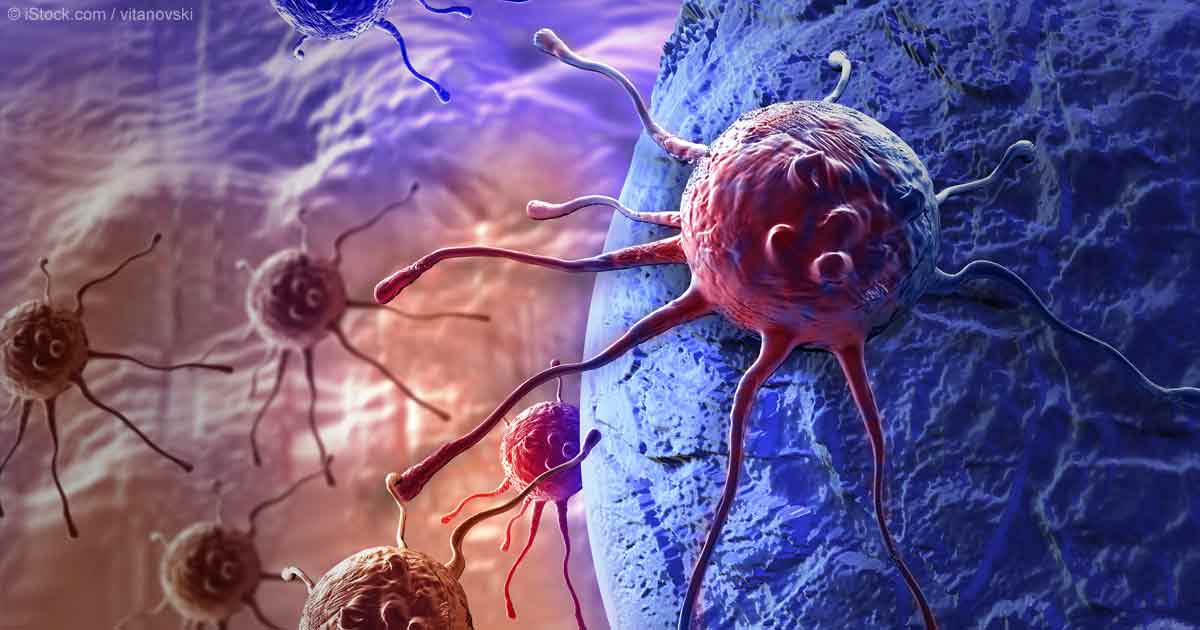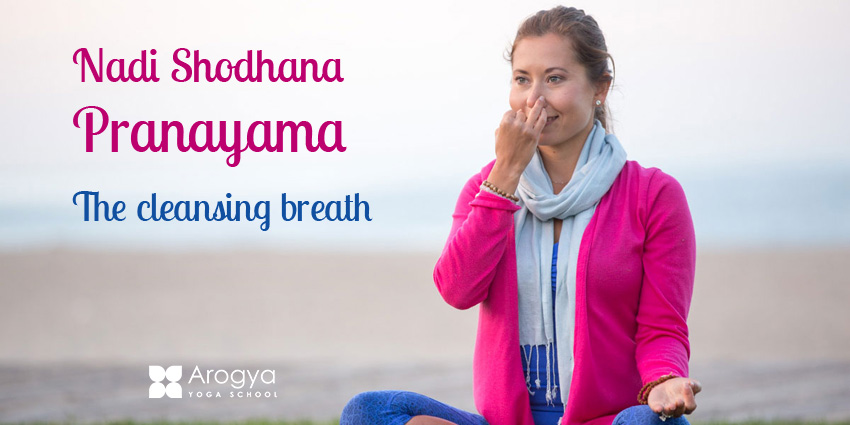“We
won’t find a cure, but we’ll probably reach a point where we have so many ways
to attack cancer that people won’t die from it anymore,”.
Why won’t we
find a cure?
But why can’t we find the secret weapon to beat cancer
once and for all?
One reason is that cancer is not just one disease--even
individual tumours can vary substantially from one patient to the next and the
same type of tumour in different parts of the body can respond differently to
medication.
Just like any other organism, cancer cells are trying to
survive, and they are very good at it. They quickly spread to multiple parts of
the body, and they mutate constantly, rendering existing medicines ineffective.
“Cancer cells are very adaptive, especially when the
cancer is at an advanced stage,”
Evolution can
explain cancer
There are some similarities between cancer and the
principle of evolution. Evolution is driven by natural selection, which means
that organisms or cells that survive long-term are those that can adapt when
their existence is challenged.
Cancer cannot be
defined by location in body
Another complication is that any one cancer tumour can be
unique and require specialised treatment. For example, a lung cancer tumour in
one patient may more closely resemble throat cancer in someone else, than
another case of the same type of cancer.
This means that the oncologists cannot diagnose based on
where the cancer is found in the body alone. Further, they cannot simply use
the same medicine to treat the same type of tumour in two different patients.
“It’s not unreasonable to think that we’ll overhaul our
cancer classification system within the next ten years. It looks like more and
more like we should look at what changes in people’s genetic material are
behind the disease,” says Olsen.
Another problem is that cancer appears to develop due to
completely different reasons from one person to another. This is down to our
individual DNA.
“If we study 10,000 people who’ve been exposed to some
substances that we know are carcinogenic, then perhaps just ten, five, or one
per cent of those will develop cancer. Why? I think it’s down to the
interaction between your genetic composition and external influences,”.
Protect yourself
from cancer
Part of the fight against cancer is to try to prevent it
developing in the first place. Or at least to develop early detection
techniques to spot cases in time to stop the disease before it mutates and
spreads.
We already know how to do that for a couple of types of
cancer.
People develop cancer because of avoidable habits or
lifestyle factors such as smoking, sunbathing without protection, unhealthy
diet, exposure to HPV infections, or carcinogenic substances, and
radioactivity.
“It’s important to remember that prevention and early
diagnosis will be key players in the coming years when it comes to putting the
brakes on cancer,”
Yoga Can Reduce Your Cancer Risk
Yoga Strengthens the Immune
System
The goal of strengthening the
immune system is to keep all the body’s systems working together. It takes a
village: Failure of any one system threatens the health of the whole community.
Cancer therapies that seek to strengthen the immune system are
increasingly proving to be helpful in fighting a wide variety of cancers.
Research shows that yoga
boosts immunity. A 2013 study in Norway found that regular practice
of gentle yoga and meditation had a rapid effect at the genetic level in
circulating cancer-fighting immune cells. Mindfulness meditation also
appears to change the brain and immune function in positive ways.
Yoga Detoxifies the Body
Detoxification is the vital
metabolic process by which dead cells and toxins (the flu virus, a rogue cancer
cell, or another pathogen) are excreted from the body. Yoga is the muscle of
the lymphatic system—the body’s plumbing and trash-removal system. Like how the
heart muscle circulates blood, yoga increases lymphatic flow with specific breathing
and movement practices. Inversions, a fundamental part of a strong yoga
practice, utilize movement and body positioning to reverse the effects of
gravity on our body, enhancing the process of cardiovascular and lymphatic
drainage.
Another way in which yoga
detoxifies the body is through compression. B. K. S. Iyengar called it the
“squeeze and soak” process, which cleans internal organs in the same way that a
sponge discharges dirty water when squeezed. For example, abdominal twists
activate internal organs and guide the release of toxins into the lymphatic
system.
Yoga detoxifies the mind as
well. A survivor lives with the fear of cancer returning, and this daily
anxiety is a mental toxin. We can detoxify the mind by using the movement of
the breath, by relaxing into gravity in a restorative pose, and by quietly
watching our thoughts in meditation.
Yoga Builds Bones
How are strong bones linked to
cancer prevention? Our bones house bone marrow, where new red and white blood
cells are constantly being produced. White blood cells are needed to form
leukocytes, our natural cancer-fighting immune cells. If our bones are
compromised from a break or from osteoporosis (a side effect of chemotherapy),
so too is the production of a nourishing blood supply and immune protection.
A pilot study by Kripalu
presenter Loren Fishman, MD, applied yoga practice to sufferers of
osteoporosis (decrease in bone mass) and osteopenia (reduction in bone volume).
The results showed that 85 percent of the yoga practitioners gained bone
in both the spine and hip, while nearly every member of the control group
maintained or lost bone mass. I believe yoga is safer for strong bone building
than many gym routines because it puts weight on the bones in a precise,
deliberate way.
Yoga Reduces Stress
Cancer patients and survivors
experience stress like that endured by military veterans. They are bombarded by
frightening information, subjected to invasive procedures, and must endure cold
clinics and blank stares.
A 2009 study of
cancer survivors developed and tested a concept that measures how we respond to
“post-traumatic stress growth,” the positive flip side to suffering with
stress. This growth occurs when people make the traumatic event a pivotal point
in their life, changing their situation by making lemonade out
lemons—ultimately thriving after cancer, for instance. The thriving survivor
enjoys her blissful moments, which can lead to further change and the ability
to find positive ways to manage stress.
Yoga can enhance that
positivity. The results of a 2009 study on the effects of yoga on emotions
found an increase in positive emotions such as calmness and a sense of purpose
in more than 50 percent of subjects. Women participating in a 10-week program
of restorative yoga classes gained positive differences in aspects of mental
health such as depression, positive emotions, and spirituality (feeling calm
and peaceful), as compared to the control group.
Yoga Aids Weight Management
Obesity is a key, if not the
largest, indicator of both cancer incidence and recurrence. In the United
States, excess body weight is thought to contribute to as many as one out of
five cancer-related deaths and being overweight or obese is clearly linked with
an increased risk of several types of cancer. The American Cancer
Society recommends that obese individuals increase weekly exercise to 300
minutes per week to reduce the chances of cancer or recurrence.
Research on the impact of yoga
on weight gain is still in the early stages. One study showed that
yoga had a more positive impact on obesity and depression than aerobic
exercise. While yoga for cancer survivors often focuses on gentle or
restorative yoga methods (which are necessary and beneficial approaches), it
can and should be active, and therefore calorie burning—while also being safe,
physically accessible, welcoming, and inclusive. Yoga can help cancer survivors
manage weight gain, which improves self-esteem and the ability to function
normally, and ultimately reduces the risk of recurrence and mortality.
The benefits of yoga for
cancer prevention are profound and well substantiated. For yoga teachers who
work with cancer survivors and those in treatment, having specific knowledge
about the benefits and modifications for this community is imperative. Teachers
must understand the limitations and requirements to support this community to
practice effectively and safely.
Pranayama
and Cancer Prevention
Breathing exercises can help
combat Cancer
Cancer is a category
of disease distinguished by mutation in the normal cell growth. It has been
identified that there are over a hundred differing types of cancer, and each is
classed by the kind of cell that it first affects.
Current research has shown
that beyond these subtle effects, pranayama has numerous observable health
benefits. Several studies provide evidence that yogic breathing exercises help
to induce a relaxed state by enhancing the action of the parasympathetic
nervous system (otherwise known as the “rest-and-digest response”).
Researchers at the University
of California – San Francisco investigated how the health benefits of pranayama
specifically apply to cancer patients undergoing chemotherapy. The study had
two aims:
1.
To determine
whether it’s feasible for patients undergoing chemotherapy to practice
pranayama
2.
To gauge the
effect of pranayama on common chemotherapy-associated symptoms (fatigue, sleep
disturbance, stress, anxiety, depression) and quality of life (QOL)
Patients in the study were
separated into a treatment group and control group: the treatment group
received the pranayama intervention during two consecutive cycles of chemo; the
control group received only typical care during their first chemo cycle and the
pranayama intervention during the second.
The pranayama intervention
consisted of a 60-minute class once a week and daily home practice of 20-30
minutes twice a day. Patients were taught four pranayama techniques: Breath
Observation, Ujjayi (Victoriously Uprising Breath), Kapalabhati (Skull
Shining Breath), and Nadi Shodhana (Alternate Nostril Breath).
The treatment group saw
improvements in stress, sleep disturbance, anxiety and mental quality of life
(QOL) throughout both cycles of chemo. The control group experienced a
worsening of sleep disturbance, anxiety, depression and mental QOL during the
first cycle of chemo, and improvements in all these symptoms during the second.
For patients in both groups, the more time spent practicing pranayama (either
at home or in class), the greater the improvement observed in symptoms and QOL.
Previous studies have
implemented a variety of yogic techniques such as asana, meditation and
pranayama practiced in combination. In contrast, the results of this study
indicate that practicing pranayama by itself is more feasible for patients in
chemotherapy due to its ease of use: it requires no equipment, is relatively
easy to learn and can be practiced at any time, even while patients receive
chemo infusions. The class attendance rate was comparatively high and patients
spent more time practicing at home than in prior studies in this area.
The researchers concluded that
pranayama is appropriate, beneficial, and can be safely recommended for cancer
patients undergoing chemotherapy. Further study in this area will hopefully
offer even more definitive evidence of pranayama’s efficacy.
Below are instructions for the
four breathing techniques taught to and practiced by patients in the study.
Breath Observation
Sit or lie in a comfortable
position. Breathe naturally. Avoid forcing, controlling or manipulating your
breath. Shift your attention to your breath. Simply observe and experience it
without any judgment. You might notice the soft whispering sound the breath
creates; how long or short the breath is; how deep or shallow it feels; or
where in your body you feel the breath most noticeably. At certain points
during this practice, you might notice that your mind is no longer focused on
the breath. When this happens, acknowledge that the mind has wandered and
gently guide it back to the breath.
Ujjayi (Victoriously Uprising
Breath)
Sit or lie in a comfortable
position. Keeping the mouth closed, inhale and exhale through the nose.
Partially close the glottis (the opening between the vocal folds) by slightly
constricting the muscles at the back of the throat. The action in these muscles
should feel the same as when you exhale your breath onto a mirror to create
fog. As the muscles contract, you’ll notice that your breath creates a soft
whispering sound similar to the sound of the ocean. Continue to create this
sound with the breath and find a steady rhythm, breathing in for the same
amount of time that you breathe out.
Kapalabhati* (Skull
Shining Breath)
Sit comfortably in an upright
position and bring your attention to your lower belly. It can be helpful to
rest one or two hands on the belly below the navel. Breathe in deeply then
exhale completely. Inhale about halfway; then begin a series of short, sharp
exhalations by pumping the abdomen. After forcing the air out by contracting
the abdomen, release the belly and passively inhale. Repeat this several times.
Start with however many breath cycles (one inhale and one exhale) you can
comfortably do, then relax and breathe normally. Gradually over time, increase
the number of cycles.
*Kapalabhati is not recommended if you are pregnant or suffer from high or low blood pressure, glaucoma, cardiac issues, or hernia.
Nadi Shodhana (Alternate
Nostril Breath)
Sit comfortably in an upright
position. Spread the fingers of the right hand. Create Vishnu Mudra by
curling the right index and middle fingers in towards the palm, while the
thumb, ring finger and pinky remain extended. Hold the right hand just beside
the nose as you take a deep breath in through both nostrils. Close the right
nostril with the thumb then exhale through the left. Inhale through the left,
close both nostrils by lightly touching the ring finger to the left nostril and
the thumb to the right. Lift the thumb and exhale through the right nostril.
Inhale through the right nostril, close both, then lift the ring finger and
exhale through the left. Continue for several cycles of breath.
How pranayama works in cancer





My name is hoover, my 18 year old daughter, Tricia was diagnosed with herpes 3 years ago. Since then, we have moved from one hospital to another. We tried all kinds of pills, but every effort to get rid of the virus was futile. The bubbles continued to reappear after a few months. My daughter was using 200mg acyclovir pills. 2 tablets every 6 hours and 15g of fusitin cream. and H5 POT. Permanganate with water to be applied twice a day, but all still do not show results. So, I was on the internet a few months ago, to look for other ways to save my only son. Only then did I come across a comment about the herbal treatment of Dr Imoloa and decided to give it a try. I contacted him and he prepared some herbs and sent them, along with guidance on how to use them via the DHL courier service. my daughter used it as directed by dr imoloa and in less than 14 days, my daughter recovered her health. You should contact dr imoloa today directly at his email address for any type of health problem; lupus disease, mouth ulcer, mouth cancer, body pain, fever, hepatitis ABC, syphilis, diarrhea, HIV / AIDS, Huntington's disease, back acne, chronic kidney failure, addison's disease, chronic pain, Crohn's pain, cystic fibrosis, fibromyalgia, inflammatory Bowel disease, fungal nail disease, Lyme disease, Celia disease, Lymphoma, Major depression, Malignant melanoma, Mania, Melorheostosis, Meniere's disease, Mucopolysaccharidosis, Multiple sclerosis, Muscular dystrophy, Rheumatoid arthritis Alzheimer's disease, parkinson's disease, vaginal cancer, epilepsy Anxiety Disorders, Autoimmune Disease, Back Pain, Back Sprain, Bipolar Disorder, Brain Tumor, Malignant, Bruxism, Bulimia, Cervical Disc Disease, Cardiovascular Disease, Neoplasms , chronic respiratory disease, mental and behavioral disorder, Cystic Fibrosis, Hypertension, Diabetes, Asthma, Autoimmune inflammatory media arthritis ed. chronic kidney disease, inflammatory joint disease, impotence, alcohol spectrum feta, dysthymic disorder, eczema, tuberculosis, chronic fatigue syndrome, constipation, inflammatory bowel disease. and many more; contact him at drimolaherbalmademedicine@gmail.com./ also with whatssap- + 2347081986098.
ReplyDelete